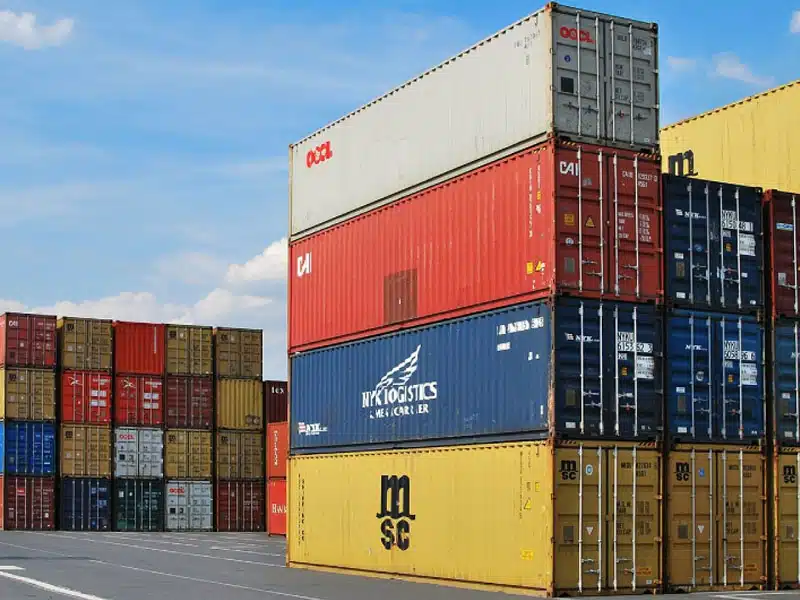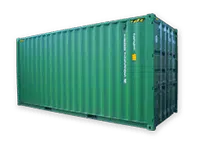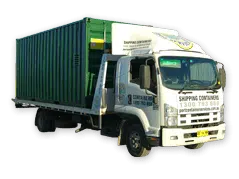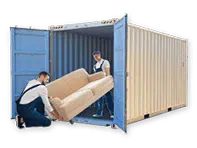Before you can go out and buy any shipping container, you have to know new shipping container sizes to ensure that your shipping container will fit into your space. This is especially important for anyone who has restricted space or a more narrow entryway because you don’t want to go through the entire process of picking out a container, paying for it and arranging for delivery only to find out that it doesn’t fit. Not only is this annoying, but it can be time-consuming as well.
Your shipping container size will largely depend on the type of container you pick out. With both new and used shipping containers available in several styles, it can take a while to find the correct fit. However, we can help by outlining the basic sizes of the most popular types of shipping containers. We’ll tell you how to find the internal and external sizes for shipping containers, as well as the most popular sizes below.
Popular New Shipping Container Sizes and How to Find Them
The most popular type of shipping containers is standard containers. New shipping container sizes include 10, 20 and 40-foot shipping containers. If you require a container that is bigger than the 40-foot model, you may choose to add additional containers either stacked on top of the first container or set beside it. Additionally, you can also use container joining kits to supersize your space.
External Shipping Container Size
*Length – Measure the distance from the furthest points located on the container’s longest side
*Width – Measure the distance from the points on the narrowest side of the container
*Height – Measure the distance from the top frame to the bottom frame of the container
Internal Shipping Container Size
*Length – Measure the distance from the two furthest points located on the interior along the container’s longest side
*Width – Measure the distance from the two shortest points on the interior
*Height – Measure the distance from the interior’s floor to the ceiling
*Door Opening Width – Measure the distance from the inside left and right of the door’s support frames. Remember to keep a small gap for the door’s opening radius.
*Door Opening Height – Measure the distance from the floor of the container to the point underneath the container’s horizontal cross support located on the top of the door opening.
Contact Port Shipping Containers Today!
If you need more information about new shipping container sizes, contact us today! For shipping container hire please don’t hesitate to ask one of our friendly team members about what is available as well.








